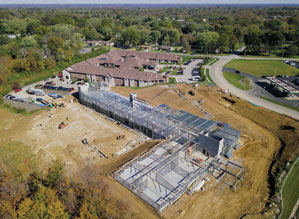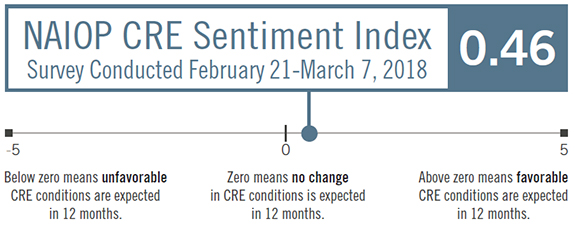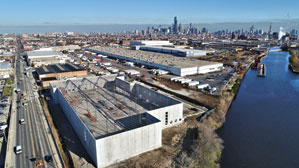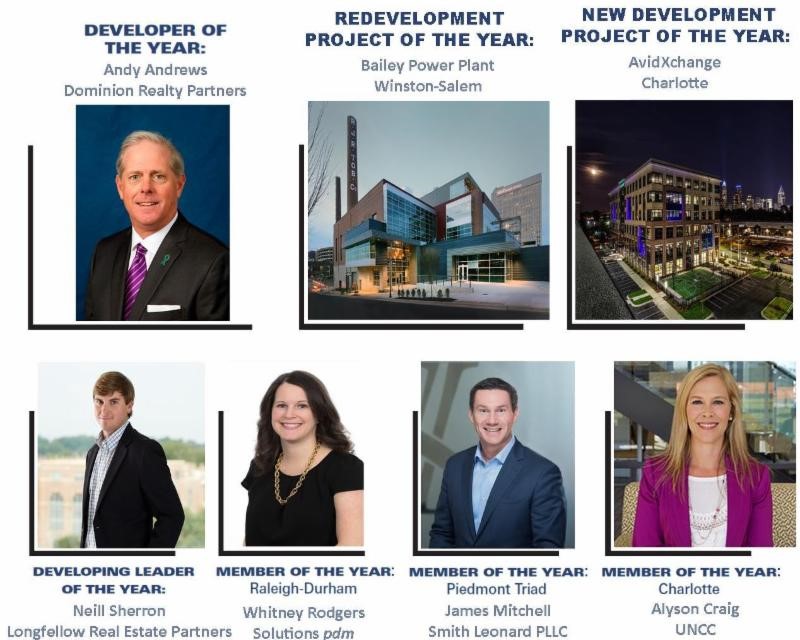Posted on April 19, 2018
A recent RCLCO Advisory Report describes the small but growing category of e-sport arenas as holding promise to anchor new and existing large, mixed-use entertainment districts in North America. Electronic sports, or "e-sports" is a broad category covering "competitive multiplayer video games played by professional video game players, for spectators’ enjoyment during regular season and tournament league games." E-sports teams are generally organized based on game title and geographic region, supported by sponsors and advertising, and are moderated by professional e-sports commentators. Spectators can view in person at various arenas or watch livestreaming events over platforms such as Twitch and YouTube. E-sports reached 335 million viewers in 2017, split between occasional viewers (57 percent) and enthusiasts (43 percent), and viewership has increased by "double-digit percentages in recent years, and is forecast to exceed half a billion viewers by 2021."
E-sports arenas could, according to the report, drive adaptive reuse of existing real estate, especially former retail buildings. The majority of existing arenas have been converted from a range of product types including casinos, sound stages and office buildings. Arenas require tall ceilings for video monitors, fast and reliable Wi-Fi, and room for spectators. In-person attendance is relatively low compared to online viewers; events attract hundreds to low thousands. Thus, "smaller venues with a capacity from 500 to 5,000 and ranging in size from 15,000 to 30,000 square feet are ideal in the near term to host regular season games."






 An Ohio-based developer of these specialized properties describes how it is capitalizing on growing opportunities as well as evolving market trends.
An Ohio-based developer of these specialized properties describes how it is capitalizing on growing opportunities as well as evolving market trends.

 In 1936, The New York Times claimed, “A rocket will never be able to leave the Earth’s atmosphere.” In 1943, the chairman of IBM said, “I think there is a world market for maybe five computers.” Advances and tools that once seemed impossible are now commonplace – from flying in a commercial airplane to holding a device as powerful as a computer in the palm of your hand.
In 1936, The New York Times claimed, “A rocket will never be able to leave the Earth’s atmosphere.” In 1943, the chairman of IBM said, “I think there is a world market for maybe five computers.” Advances and tools that once seemed impossible are now commonplace – from flying in a commercial airplane to holding a device as powerful as a computer in the palm of your hand. Supply chain advances and new technologies are affecting how, where and what types of industrial facilities are being built.
Supply chain advances and new technologies are affecting how, where and what types of industrial facilities are being built.
 Development and construction of new commercial real estate in the United States – office, industrial, warehouse and retail – generates significant economic growth at the state and national levels. This annual study, “The Economic Impacts of Commercial Real Estate,” published by the NAIOP Research Foundation, measures the contribution to GDP, salaries and wages generated and jobs supported from the development and operations of commercial real estate.
Development and construction of new commercial real estate in the United States – office, industrial, warehouse and retail – generates significant economic growth at the state and national levels. This annual study, “The Economic Impacts of Commercial Real Estate,” published by the NAIOP Research Foundation, measures the contribution to GDP, salaries and wages generated and jobs supported from the development and operations of commercial real estate. Every click of an e-commerce order kicks off a series of actions that lead to the delivery of your package from a warehouse to your house – and the final stretch of that process is the most expensive part. “People expect to order anything, anytime, and have it delivered anywhere they want it. It’s a challenge for our infrastructure,” said Gregory Healy, Colliers International executive managing director, supply chain and logistics, during his keynote address at NAIOP’s
Every click of an e-commerce order kicks off a series of actions that lead to the delivery of your package from a warehouse to your house – and the final stretch of that process is the most expensive part. “People expect to order anything, anytime, and have it delivered anywhere they want it. It’s a challenge for our infrastructure,” said Gregory Healy, Colliers International executive managing director, supply chain and logistics, during his keynote address at NAIOP’s  While public interest in transportation focuses largely on commuting and personal travel, much of the future growth in transportation demand will involve moving freight rather than people. Some extraordinary technological developments in this area are already underway. Innovations currently under development include the following.
While public interest in transportation focuses largely on commuting and personal travel, much of the future growth in transportation demand will involve moving freight rather than people. Some extraordinary technological developments in this area are already underway. Innovations currently under development include the following. With
With